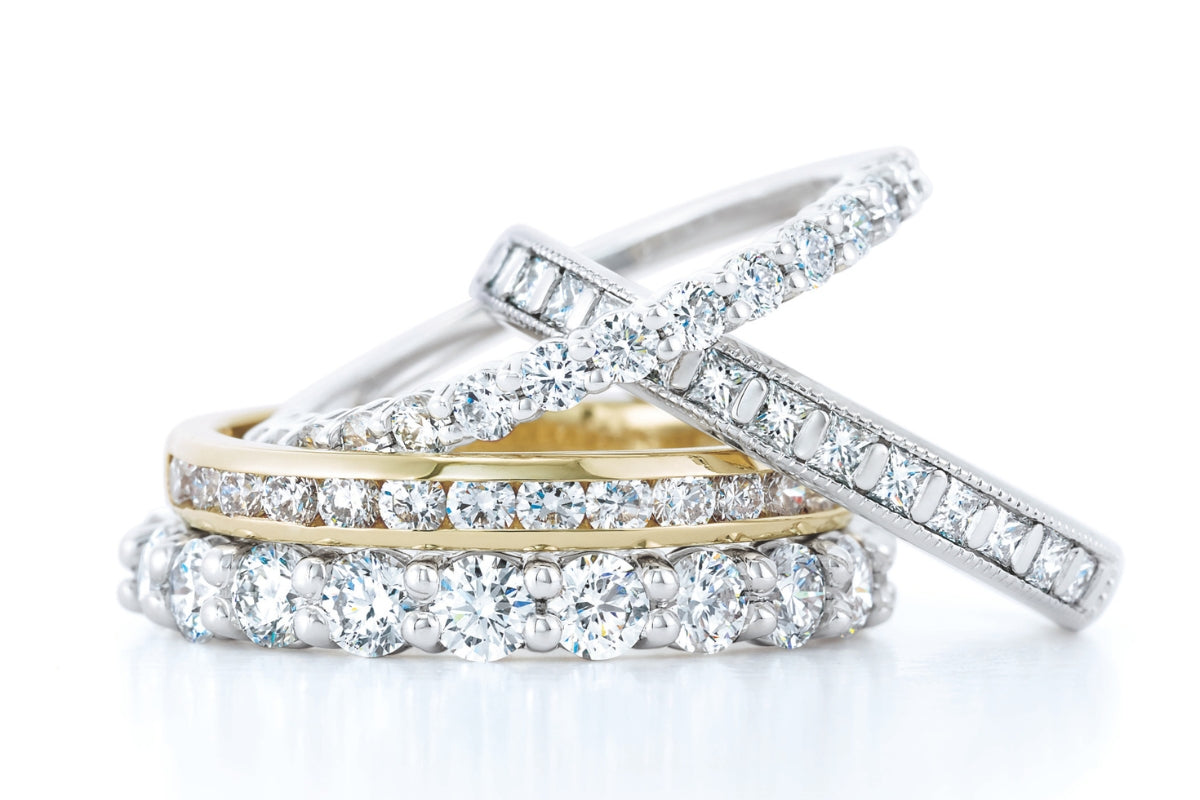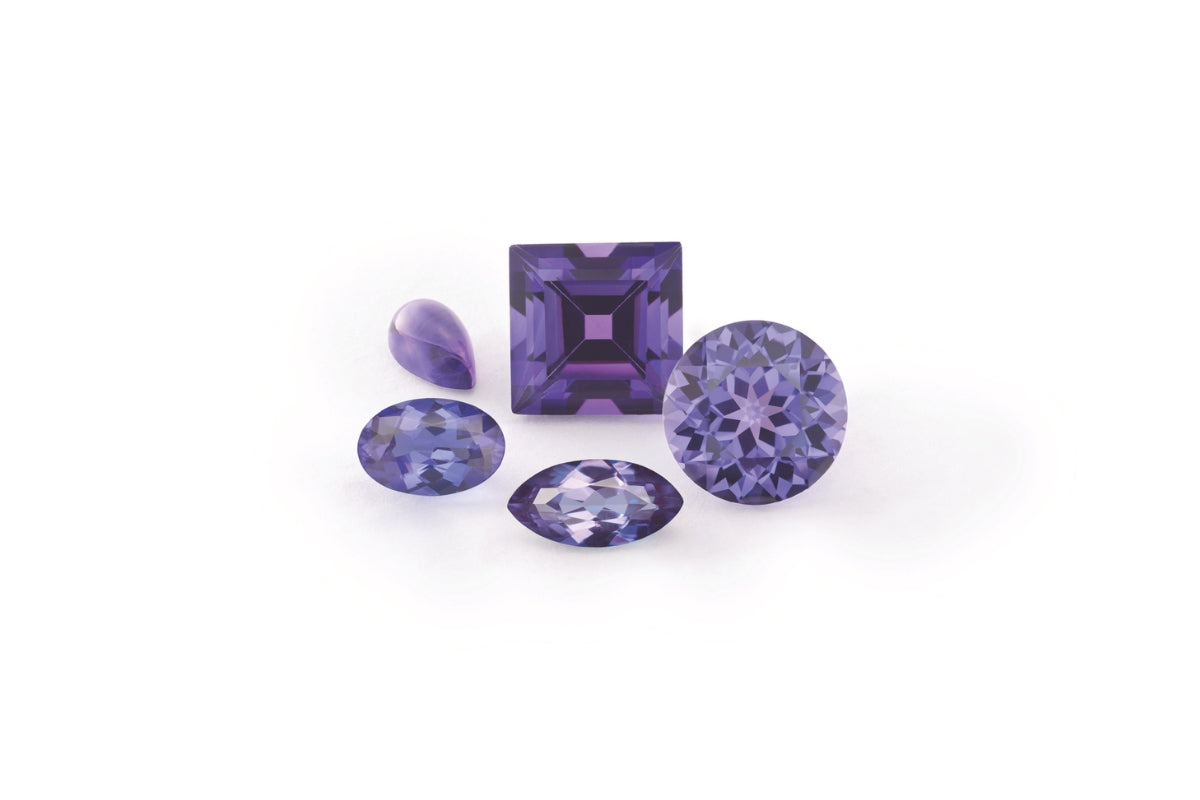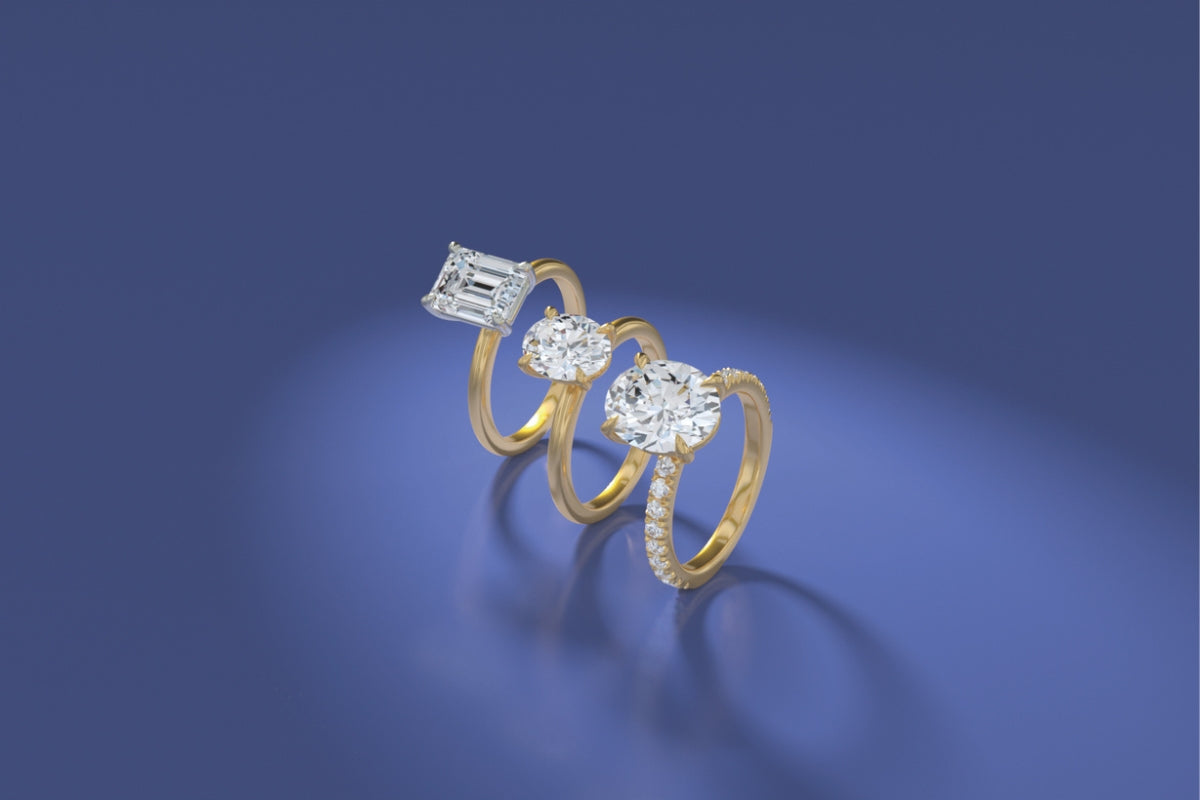Diamonds are the number one gemstone choice for engagement rings, wedding bands, and the centerpiece of many famous jewelry pieces. But, are diamonds really "forever"? We'll explore that here.
It’s no coincidence that diamonds are so well respected in the study of Gemology, not only for their beauty, but for their rare combination ofdurability. Numerous factors contribute to the adornment of diamonds, but today, we’ll focus on why they’re the gemstone of choice for daily wear.
It’s all about durability. Durability is made up of three components:
- Hardness
- Toughness
- Stability
Hardness means how resistant the diamond is to scratching. On the Mohs scale of hardness (1-10), it’s a 10! That means that a diamond is the most difficult gemstone to scratch and only another diamond can scratch a diamond.
Toughness means how resistant the diamond is to cracking, chipping, and breaking. Think impact. Diamonds aren’t indestructible and can “fracture” if hit in the right place. Always use caution when wearing diamonds, and remove jewelry when exerting physical labor, or exercising.
Stability is how resistant the diamond is to temperature changes and exposure to chemicals. Diamonds are considered “very stable.” They can resist almost all acids and a wide range of temperatures. This does not mean they handleextreme andsudden temperature changes, and are not immune to “thermal shock” which can cause fractures or expand an existing one. Diamonds can burn when exposed to temperatures of about 1,562℉. The burns will mark the diamond’s surface, but can be repolished to restore the original look.
Lab-grown diamonds exhibit the same properties as mined diamonds, so you can rest assured that they will be identical to mined in terms of their durability. With proper care and treatment, diamonds CAN last forever, and are a gemstone worthy of investment. Cheers to that!




